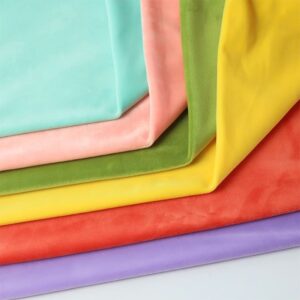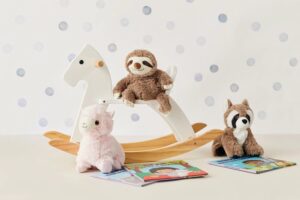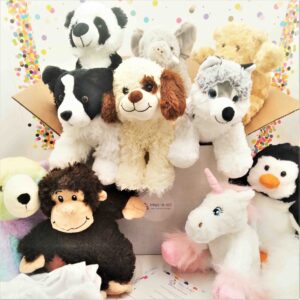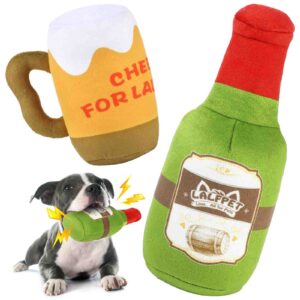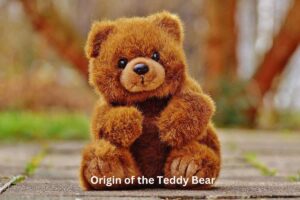Plush fabric is a soft, textured textile widely used in toy manufacturing for its luxurious feel and visual appeal. It offers exceptional softness, durability, and a dense pile, making it ideal for creating cuddly and safe plush toys.
Plush fabric is defined by its dense, soft pile and smooth texture. Made primarily from synthetic fibers like polyester or natural fibers such as cotton, it is produced through specialized weaving or knitting methods. Its softness and durability make it a preferred choice for high-quality plush toys that meet safety standards.
Let’s explore plush fabric’s essential characteristics, production methods, variations, and how it meets modern market and environmental demands.
1.What are the defining characteristics of plush fabric in toy manufacturing?
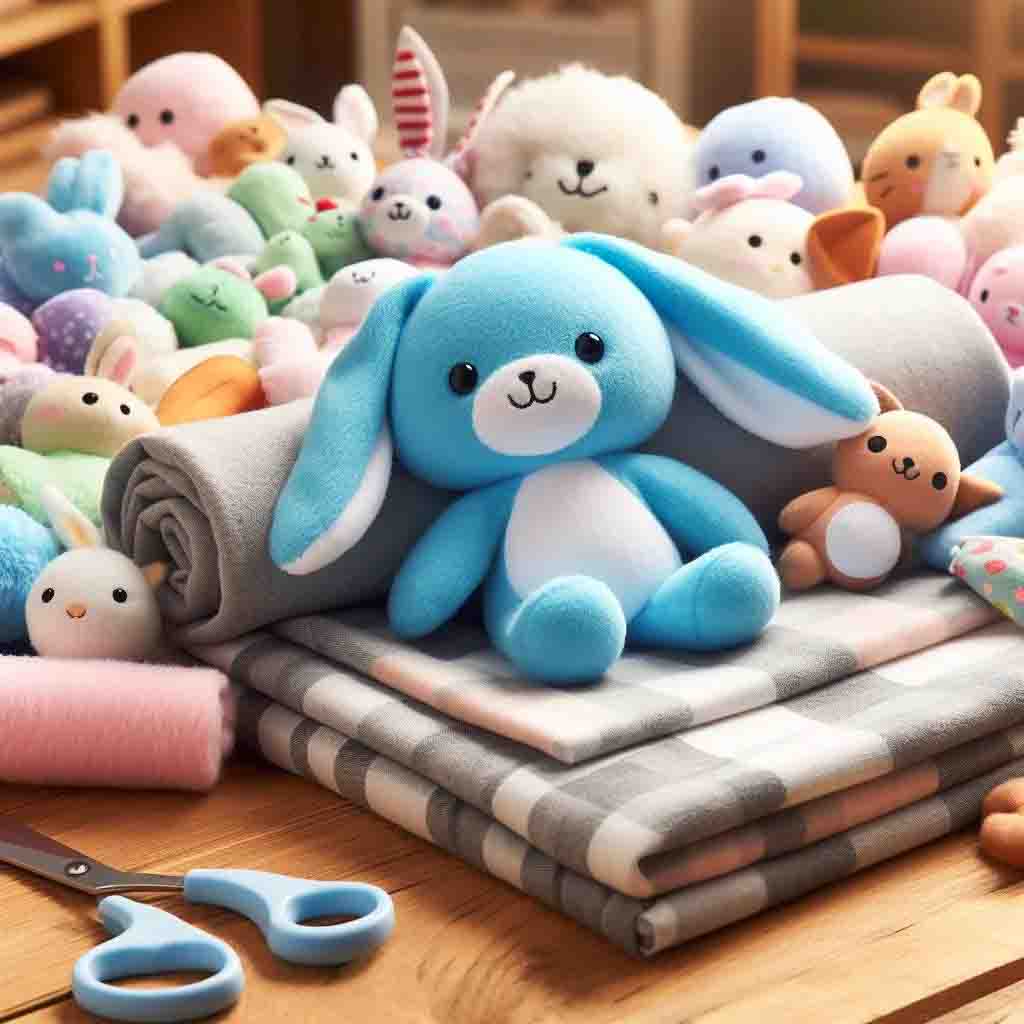
Plush fabric is known for its thick, soft pile surface, which gives toys a fluffy and cuddly texture. The fabric’s pile length, density, and fiber type determine its feel and appearance.
In toy manufacturing, plush fabric must balance softness with durability, ensuring it withstands handling and repeated washing while providing a pleasant tactile experience.
- Pile Length: Plush fabric typically has a short to medium pile (3-12 mm), offering a smooth yet fluffy touch suitable for toys.
- Fiber Type: Common fibers include polyester for durability and easy care, cotton for natural softness, or blends for balanced properties.
- Weave and Density: A tight weave and high density ensure the fabric resists wear and maintains softness over time.
- Color and Finish: Plush can be dyed in vibrant colors and finished with anti-pilling treatments to prolong lifespan.
| Characteristic | Description | Importance for Toys |
|---|---|---|
| Pile length | Short to medium (3-12 mm) | Comfort and tactile appeal |
| Fiber type | Polyester, cotton, blends | Softness, durability, safety |
| Weave density | Tight and dense | Wear resistance and resilience |
| Color and finish | Dyed and treated | Visual appeal and longevity |
Selecting plush fabric with these characteristics helps manufacturers produce toys that children love to touch and hold.
2.How is plush fabric produced and what materials are commonly used?
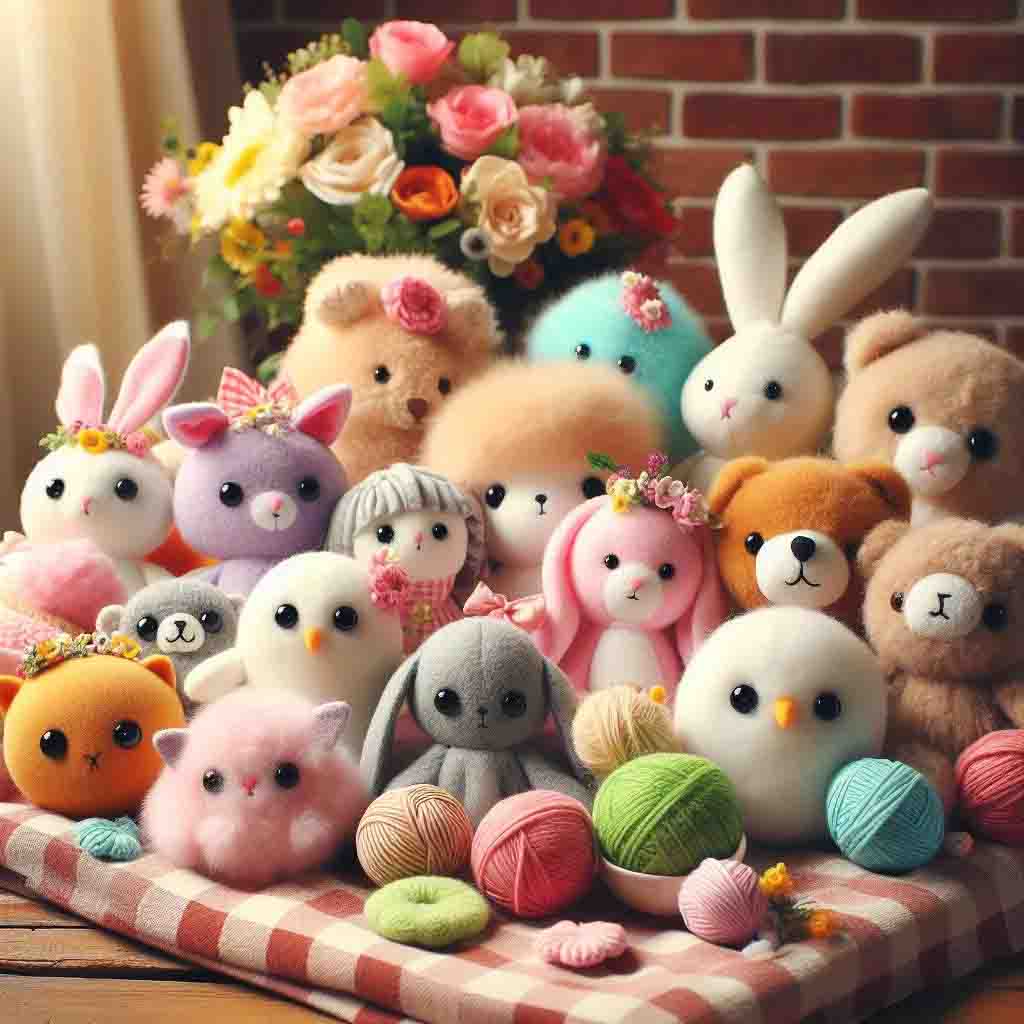
Plush fabric production involves weaving or knitting techniques that create a raised pile on the fabric surface. The materials used are chosen to optimize softness, strength, and safety.
Most plush fabrics are made from synthetic fibers like polyester or natural fibers such as cotton, sometimes blended to leverage the advantages of both. The manufacturing process controls pile height, density, and texture to fit toy industry standards.
- Fiber Preparation: Raw fibers are spun into yarns, with polyester often preferred for cost-effectiveness and durability.
- Weaving/Knitting: Plush is commonly made by weaving or knitting two sets of yarns. The looped yarns are then cut to form the pile.
- Pile Formation: The pile’s length and density are controlled through machine settings, determining softness and thickness.
- Finishing: Post-weaving treatments include brushing, dyeing, and chemical finishes to improve texture and colorfastness.
| Production Step | Purpose | Effect on Plush Fabric |
|---|---|---|
| Fiber selection | Choose appropriate yarns | Softness and durability |
| Weaving/knitting | Create fabric base and loops | Forms plush pile |
| Cutting pile | Raise the pile by cutting loops | Soft tactile surface |
| Finishing treatments | Enhance softness, color | Improves feel and appearance |
Understanding this process is key to ensuring plush fabrics meet the high standards required for toy manufacturing.
3.Which types of plush fabric offer the best durability and softness for plush toys?
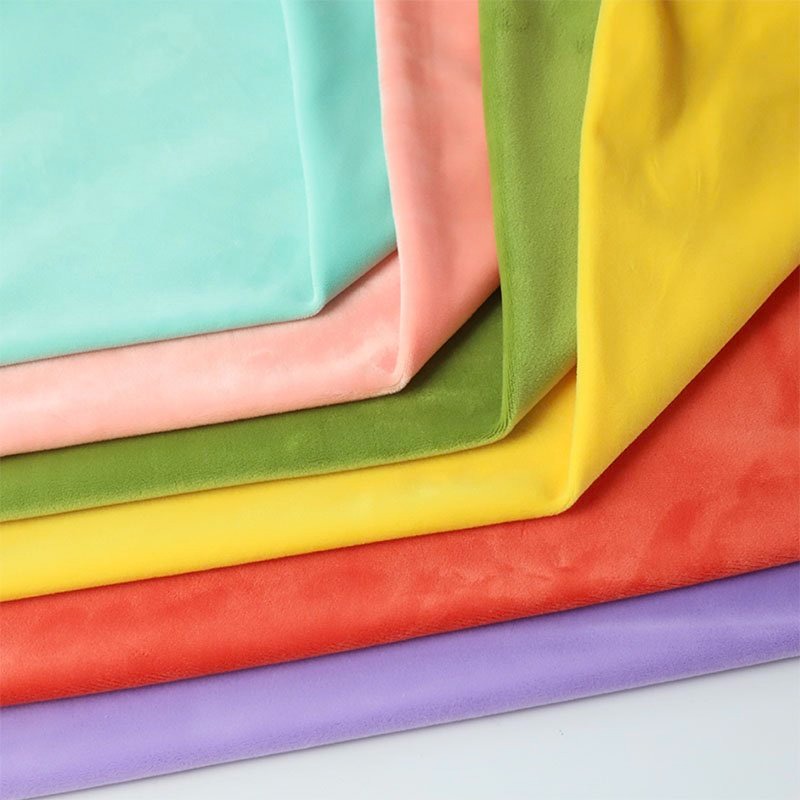
Not all plush fabrics are equal; different types offer varying balances of softness, durability, and ease of care.
Popular plush fabric types like velboa, minky, and sherpa each have unique qualities. Velboa offers smoothness and durability, minky provides supreme softness with a slightly longer pile, and sherpa mimics fluffy fleece for warmth and texture.
- Velboa:
- Features a short, dense pile with a smooth texture
- Durable and easy to clean
- Commonly used for plush toys and blankets
- Minky:
- Ultra-soft fabric with a medium pile
- Provides exceptional softness and tactile comfort
- Popular in high-end plush toys and baby products
- Sherpa:
- Thick, fluffy pile resembling fleece
- Offers warmth and a textured look
- Ideal for stuffed animals and winter-themed toys
Each fabric type balances softness, durability, and visual appeal to suit different plush toy needs.
| Fabric Type | Characteristics | Advantages | Common Uses |
|---|---|---|---|
| Velboa | Short, dense pile; smooth texture | Durable, easy to clean | Plush toys, blankets |
| Minky | Ultra-soft, medium pile | Very soft and tactile | High-end plush toys, baby products |
| Sherpa | Thick, fluffy pile resembling fleece | Warm, textured look | Stuffed animals, winter toys |
Choosing the right fabric depends on the product’s intended use, target age group, and cost considerations.
4.How do plush fabric variations affect safety and compliance standards?
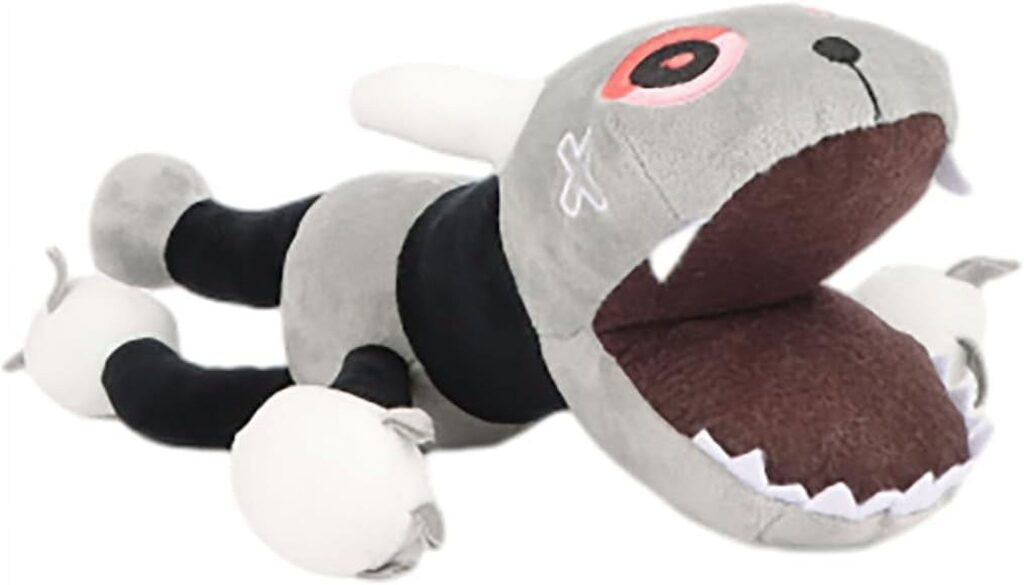
Safety is a top priority in toy manufacturing. Plush fabrics must meet strict regulations regarding chemical content, flammability, and physical safety.
Variations in plush fabric—such as fiber type, pile length, and treatments—impact compliance with international standards like ASTM, CE, and CPSIA. Manufacturers carefully select and test materials to ensure they pose no risk to children.
- Chemical Safety: Fabrics must be free of harmful substances like lead, phthalates, and azo dyes.
- Flammability: Plush fabrics undergo testing to meet flammability limits to reduce fire risk.
- Physical Safety: Pile length and density affect choking hazard potential and fiber shedding.
- Allergen Control: Hypoallergenic materials minimize skin irritation and allergic reactions.
| Safety Aspect | Testing/Requirement | Impact on Plush Fabric |
|---|---|---|
| Chemical safety | Lab testing for toxins | Ensures safe contact |
| Flammability | Fire resistance tests | Reduces fire hazards |
| Fiber shedding | Mechanical durability tests | Limits choking risk |
| Allergen control | Material selection | Safer for sensitive users |
Compliance with these standards builds trust with buyers and protects end-users.
5.What innovations exist in plush fabric technology for enhanced performance?
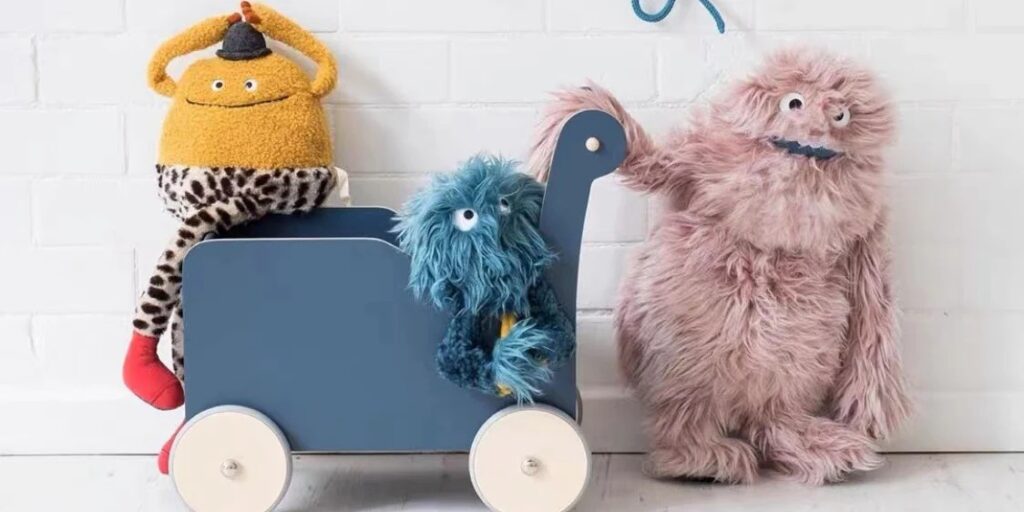
Recent innovations in plush fabric include antimicrobial treatments, stretchable blends, and eco-friendly fibers designed to meet evolving market demands.
Technologies such as anti-bacterial coatings reduce odor and germs, while new fiber blends improve softness and durability. Sustainable fibers like recycled polyester and organic cotton address growing environmental concerns.
- Antimicrobial finishes: Extend freshness and hygiene for toys used by children.
- Stretch plush: Enhances fabric flexibility and shape retention in complex designs.
- Recycled fibers: Reduce environmental footprint without sacrificing softness.
- Colorfast dyes: Maintain vibrant colors even after repeated washing.
| Innovation Type | Benefit | Market Appeal |
|---|---|---|
| Antimicrobial finish | Hygiene, odor control | Parents and healthcare sectors |
| Stretch plush | Improved fit and comfort | Custom plush designs |
| Sustainable fibers | Eco-friendly production | Environmentally conscious consumers |
| Advanced dyes | Color durability | Long-lasting aesthetics |
These advancements help manufacturers create plush toys that stand out in quality and sustainability.
6.How do manufacturers select plush fabric based on target market requirements?

Choosing the right plush fabric depends on customer preferences, safety regulations, budget, and the intended use of the toy.
Manufacturers evaluate factors like age group, geographic safety standards, cultural preferences, and price sensitivity to source the ideal fabric that balances quality, compliance, and cost.
- Target Age Group: Softer fabrics for babies, more durable options for older kids.
- Regional Regulations: Different countries enforce unique safety and chemical standards.
- Product Functionality: Plush for decorative toys differs from washable toys for active use.
- Budget Constraints: Cost-effective materials may be used in bulk products, while premium lines require high-end fabrics.
| Selection Factor | Considerations | Effect on Fabric Choice |
|---|---|---|
| Age group | Softness and safety | Tailors fabric softness |
| Safety standards | Compliance | Ensures market approval |
| Usage environment | Durability and washability | Influences fabric type |
| Price | Cost vs quality balance | Affects fabric selection |
A strategic fabric choice improves product acceptance and buyer satisfaction.
7.What environmental and sustainability considerations apply to plush fabric sourcing?
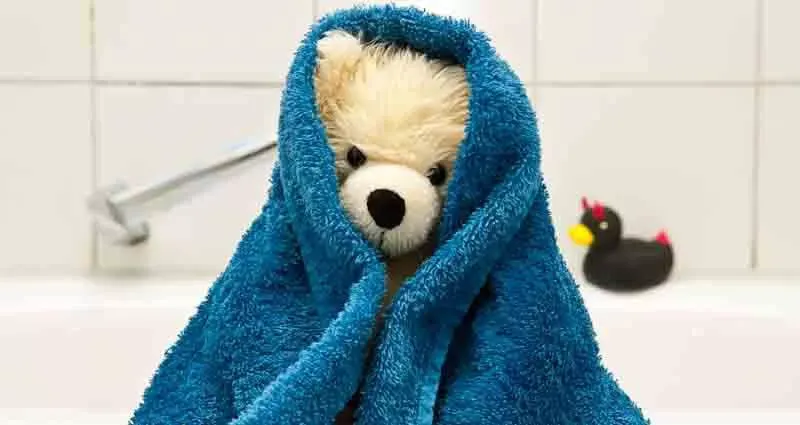
Sustainability is a growing priority. Sourcing plush fabric responsibly involves using recycled materials, reducing chemical use, and ensuring ethical manufacturing.
Brands increasingly demand plush fabrics that minimize environmental impact, such as organic cotton, recycled polyester, and low-impact dyeing processes, to align with consumer values and regulations.
- Recycled Materials: Using post-consumer recycled polyester reduces waste and energy use.
- Organic Fibers: Organic cotton grown without pesticides supports healthier ecosystems.
- Low-Impact Dyeing: Innovative dye processes cut water and chemical consumption.
- Certifications: OEKO-TEX and GRS labels assure fabric safety and eco-friendliness.
| Sustainability Aspect | Benefit | Industry Trend |
|---|---|---|
| Recycled fibers | Waste reduction | Rising demand |
| Organic fibers | Reduced chemical footprint | Premium product lines |
| Eco-friendly dyeing | Lower pollution | Environmental compliance |
| Certification | Consumer trust | Market differentiation |
Sustainable fabric sourcing strengthens brand image and meets growing retailer requirements.
Conclusion
Plush fabric is essential for creating safe, soft, and durable toys while evolving through innovations and sustainability efforts.
For custom plush fabric sourcing and manufacturing expertise, contact me at [email protected] or visit Kinwin Plush Toys.




